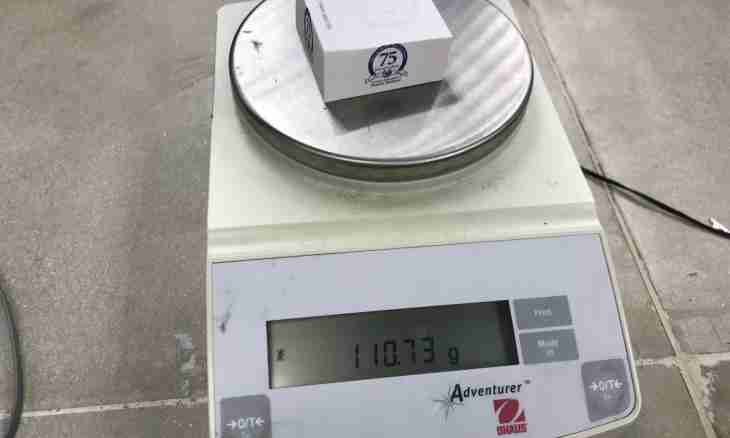The result of any measurement inevitably is followed by a deviation from true value. It is possible to calculate a measurement error in several ways depending on its type, for example, by statistical methods of definition of a confidential interval, a mean square deviation and so forth.
Instruction
1. There are several reasons for which there are errors of measurements. It is instrument inaccuracy, imperfection of a technique and also the mistakes caused by carelessness of the operator who is carrying out measurements. Besides, often take its valid size which actually is only the most probable, proceeding from the analysis of statistical sample of results of a series of experiments for true value of parameter.
2. The error is a measure of a deviation of the measured parameter from its true value. According to the Kornfelda method, define a confidential interval which guarantees a certain degree of reliability. At the same time find so-called confidential limits in which size fluctuates, and calculate an error as the half-sum of these values: ∆ = (xmax - xmin)/2.
3. It is interval assessment of an error which it makes sense to carry out at the small volume of statistical sample. Dot assessment consists in calculation of expected value and a mean square deviation.
4. Expected value represents the integrated sum of a number of works of two parameters of observations. It, actually, values of the measured size and its probability in these points: M = Σxi•pi.
5. The classical formula for calculation of a mean square deviation assumes calculation of average value of the analyzed sequence of values of the measured size and also considers the volume of a series of the made experiments: σ = √ (∑ (xi – hsr)² / (n - 1)).
6. On a way of expression allocate also absolute, relative and given error. The absolute error is expressed in the same units, as the measured size, and is equal to the difference between its calculated and true value: ∆x = x1 – x0.
7. measurements it is connected with absolute, however is more effective. It has no dimension, sometimes is expressed as a percentage. Its size is equal to the relation of an absolute error to a true or calculated value of the measured parameter: σx = ∆x/x0 or σx = ∆x/x1.
8. The given error is expressed by the relation between an absolute error and some conditionally accepted value x which is invariable for all measurements and is determined by graduation of a scale of the device. If the scale starts from scratch (unilateral), then this normalizing value is equal to its top limit and if bilateral – width of all its range: σ = ∆x/xn.
